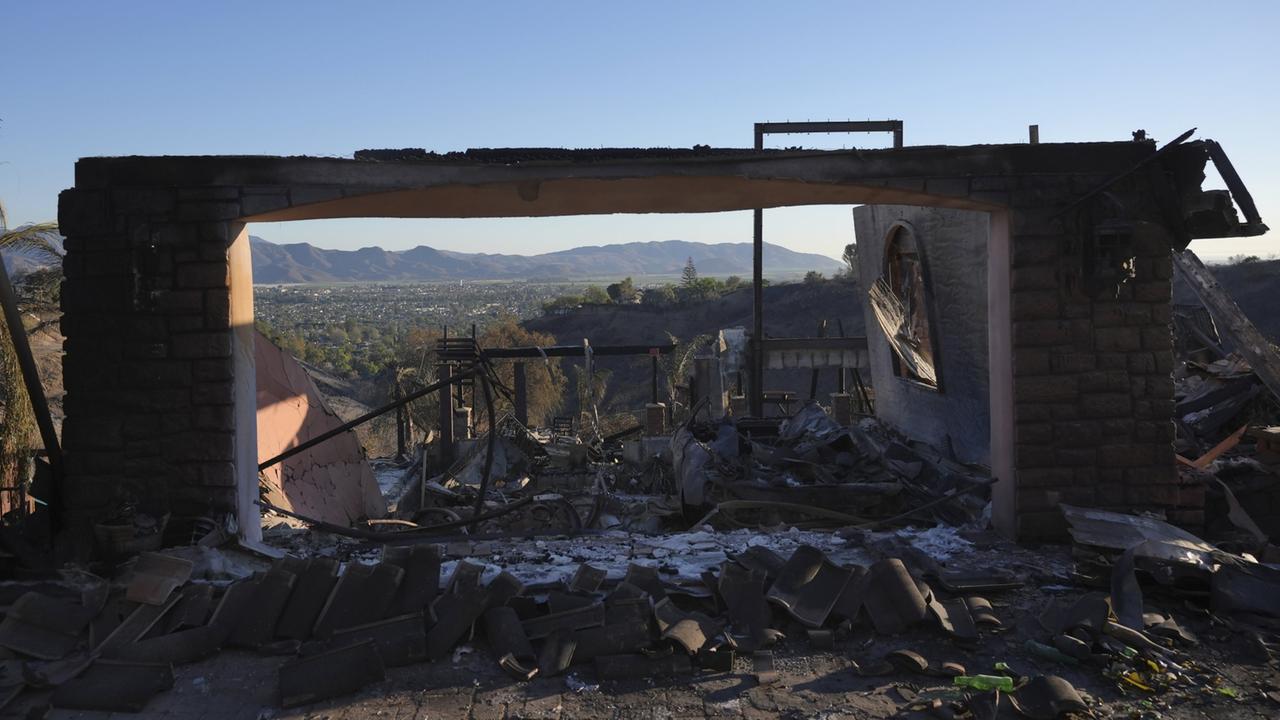The “Mountain Fire” in California has not yet been extinguished, but according to the fire department it is only burning in inaccessible areas. In the city of Camarillo, more than 130 homes were destroyed and others were damaged.
The wildfire in California northwest of Los Angeles has destroyed at least 132 homes and damaged 88 buildings. However, the extent of the damage has not yet been conclusively clarified – according to the authorities, the assessment is ongoing.
The city of Camarillo was hit particularly hard. About 70,000 people live there. Entire streets on the outskirts of the city burned down. Thousands of residents had to quickly evacuate the affected areas – often with only a few belongings. The sheriff's office said 10 people suffered smoke inhalation.
Fire continues to burn in inaccessible areas
According to the fire brigade, the situation has eased somewhat since yesterday. The fires would now rage in steep, inaccessible and dry areas. The fire department said it was difficult to fight there. However, given the decreasing wind, progress has been made.
“Today was a very successful day for us,” said Nick Cleary of the Ventura County Fire Department. 14 percent of the fire is now under control. According to its own information, the weather service assumed that the wind would not increase in the coming days. However, the fire remains “a threat to critical infrastructure,” said the California Fire Authority CalFire.
The so-called Mountain Fire broke out on Wednesday for an unknown cause and quickly spread to an area of more than 82 square kilometers due to strong winds. Initially, fire-fighting aircraft could not be used due to strong gusts of wind.
Danger increases due to climate change
Wildfires cause great destruction in California every year. In view of climate change, experts warn that fires are becoming more frequent and more destructive. The flames were also fanned by strong Santa Ana winds, which mainly occur in autumn and winter. Added to this are persistent summer temperatures and dry vegetation that easily ignites.




